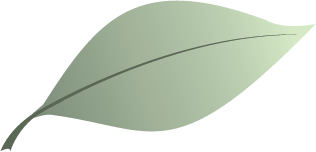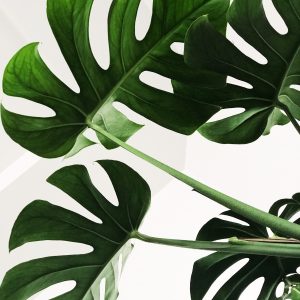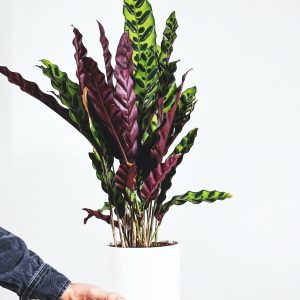Description
Philodendron Care
When caring for an indoor philodendron plant, aim to mimic its natural tropical environment. Provide plenty of warmth and moisture near a sunny window. Philodendron houseplants also tend to appreciate some time outside during warm weather to get some fresh air and natural light. But be sure to place them in a somewhat shady spot, as direct sunlight can burn them.
Moreover, to keep your plant’s leaves looking and functioning their best, regularly dust them off with a damp cloth. If your philodendron vines get too long for your taste, you can cut them back. The best time to do this is in the spring or summer.
These plants don’t have any serious issues with pests or diseases. But they can be susceptible to common houseplant pests including aphids, mealybugs, scale, thrips, and spider mites. Treat pests with a natural insecticidal soap or horticultural oil.
Light
Philodendrons typically grow best in partial sunlight. They naturally would get dappled light under a tropical canopy, not direct sun. Indoors, set them up by a window that gets bright, indirect light. Too little light can result in leggy growth with lots of space in between the leaves. But too much light can cause many of the leaves to turn yellow at the same time. (Only a few leaves yellowing is typically just normal aging.)
Soil
Philodendrons like a loose potting soil that’s rich in organic matter. The soil must have good drainage. For container plants, it’s recommended to replace your philodendron’s soil every couple of years or so. These plants are sensitive to salts that accumulate in the soil via watering, which can cause leaf browning and yellowing. You can periodically flush out some of the salts by watering your container thoroughly until water comes out of its drainage holes. But eventually the soil will need refreshing.
Water
These plants generally like a moderate amount of soil moisture. Water whenever the top inch of soil has dried out. Both overwatering and underwatering can cause the leaves to droop, so gauge when it’s time to water by the soil dryness and not necessarily the leaves. Philodendrons don’t do well sitting in soggy soil, as this can lead to root rot. The non-climbing varieties tend to have a little more drought tolerance than the vining species.
Temperature and Humidity
The temperature tolerance of philodendrons varies based on the species. In general, they should not be exposed to temperatures below 55 degrees Fahrenheit. Indoors, protect them from cool drafts, such as those from an air-conditioning vent. These plants do like humidity, so if you live in a dry climate you might have to boost humidity around your philodendron. To do so, you can mist the plant every few days with water from a spray bottle. You also can place the container on a tray of pebbles filled with water, ensuring that the bottom of the container isn’t touching the water, which can lead to root rot.
Fertilizer
Use a balanced liquid fertilizer monthly on your plant in the spring and summer. Then, reduce feeding to every six to eight weeks in the fall and winter. If your plant isn’t getting enough food, its growth will be slower than normal and its leaves might appear smaller than usual.
Is the Philodendron Toxic?
Philodendron leaves and stems are high in calcium oxalate. This can be toxic to both people and animals when eaten.




Reviews
There are no reviews yet.